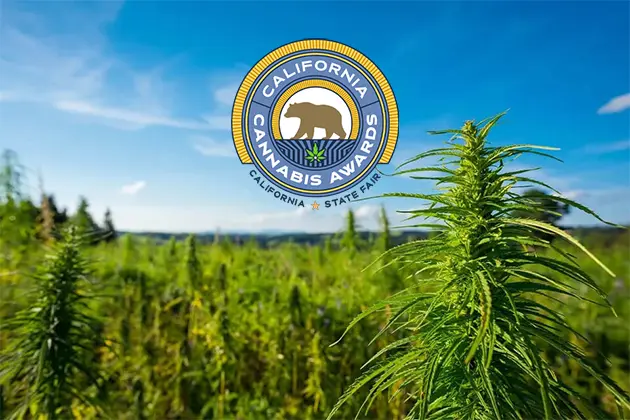Flower
Flower
Showing 1–16 of 95 resultsSorted by price: high to low
Showing 1–16 of 95 resultsSorted by price: high to low
-


Mother’s Milk 14g
Ounce Deal (2x) - Save $20 Sun Soil Harvest 2025
Mother’s Milk 14g
Sativa | CaryophylleneTHC 24.23%$120 / 14g0 out of 5$120.00 Add to cart -

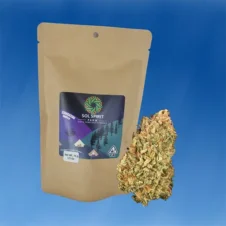
Element OG 14g
Ounce Deal (2x) - Save $20 Sun Soil Harvest 2025
Element OG 14g
Indica | MyrceneTHC 25.67%$120 / 14g0 out of 5$120.00 Add to cart -


Strawberry Biscotti 14g
Ounce Deal (2x) - Save $20 Sun Soil Harvest 2025
Strawberry Biscotti 14g
Indica | LimoneneTHC 30%$110 / 14g0 out of 5$110.00 Add to cart -


Government Oasis #2 14g
Ounce Deal (2x) - Save $20 Sun Soil Harvest 2025
Government Oasis #2 14g
Hybrid | LimoneneTHC 30% CBG 3%$110 / 14g0 out of 5$110.00 Add to cart -


Roze 14g Smalls
Ounce Deal (2x) - Save $20Roze 14g Smalls
SativaTHC 28.4%$100 / 14g0 out of 5$100.00 Add to cart -


Champagne 14g Smalls
Ounce Deal (2x) - Save $20Champagne 14g Smalls
Indica | LimoneneTHC 30.02%$100 / 14g0 out of 5$100.00 Add to cart -
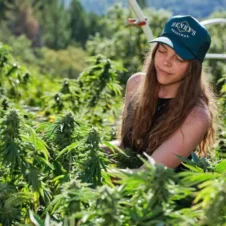

Moon Dog 14g
Ounce Deal (2x) - Save $20 Sun Soil Harvest 2025
Moon Dog 14g
Hybrid | MyrceneTHC 22.62%$100 / 14g0 out of 5$100.00 Add to cart -


Hotcakes 14g Smalls
Ounce Deal (2x) - Save $20Hotcakes 14g Smalls
IndicaTHC 27.64%$100 / 14g0 out of 5$100.00 Add to cart -
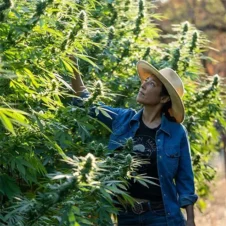

Banana Graffiti 14g
Ounce Deal (2x) - Save $20 Sun Soil Harvest 2025
Banana Graffiti 14g
Hybrid | TerpinoleneTHC 22.73%$100 / 14g0 out of 5$100.00 Add to cart -


Ronin OG 14g Smalls
Ounce Deal (2x) - Save $20Ronin OG 14g Smalls
Indica | LinaloolTHC 30.23%$100 / 14g0 out of 5$100.00 Add to cart -


Space Lemonade 14g Smalls
Ounce Deal (2x) - Save $20Space Lemonade 14g Smalls
Hybrid | LimoneneTHC 29.87%$100 / 14g0 out of 5$100.00 Add to cart -


Pink Runtz 14g Smalls
Ounce Deal (2x) - Save $20Pink Runtz 14g Smalls
Hybrid | LimoneneTHC 30.63%$100 / 14g0 out of 5$100.00 Add to cart -

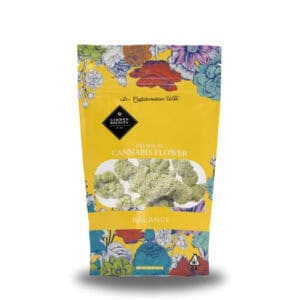
Kush Mints 14g
Ounce Deal (2x) - Save $20Kush Mints 14g
HybridTHC 26.75%$85 / 14g0 out of 5$85.00 Add to cart -
 Sale!
Sale!

Biscotti 14g
Clearance Sun Soil Harvest 2025
Biscotti 14g
Indica | LimoneneTHC 24.08%$100$85 / 14g0 out of 5$100.00Original price was: $100.00.$85.00Current price is: $85.00. Add to cart -

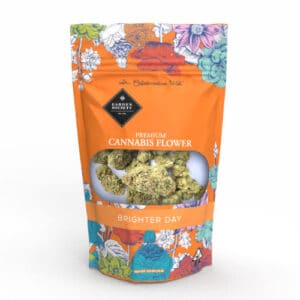
Key Lime Jack 14g
Ounce Deal (2x) - Save $20Key Lime Jack 14g
SativaTHC 25.18%$85 / 14g0 out of 5$85.00 Add to cart -
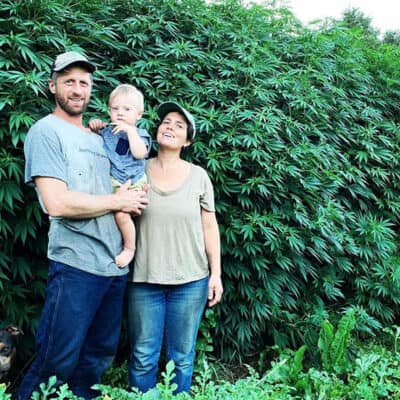
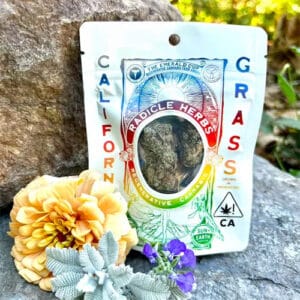
Rs-11 14g
Ounce Deal (2x) - Save $20 Sun Soil Harvest 2025
Rs-11 14g
Hybrid | CaryophylleneTHC 25.7%$80 / 14g0 out of 5$80.00 Add to cart


